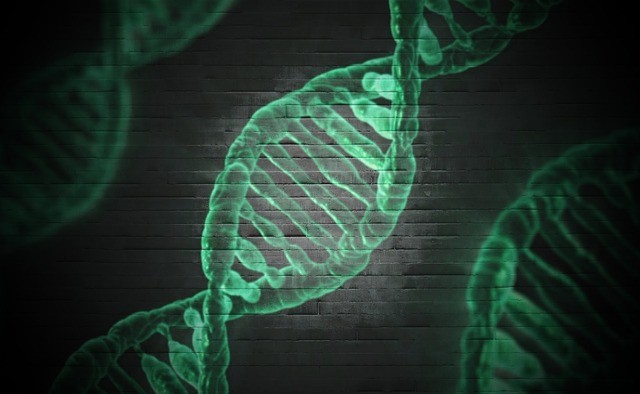
Early farmers and their ancient genes are more diverse than scientists thought as agriculture changed their genetic make-up. It was presumed that the original genetic strain started and spread out from the Middle East. Without agriculture, the changes would not have altered the world significantly.
Farming Induced Change in the Human Specie
Changes in the earliest genes discovered by researchers had a more meaningful impact as new cultures and technology spread out more, cited NPR.
The genomes of 15 newly sequenced humans and ten earlier sequenced contemporaries that lived in the Late Pleistocene and early Holocene about 10,000 to 7,000 years ago finish a complex picture of population expansion, contraction, and migration patterns in the time leading up to this significant human evolution, Science Alert reported.
Nina Marchi and colleagues used a deep sequencing technique that sequences each individual, including skeletons from the oldest cemeteries of Central Europe and the earliest farming villages in the Aegean basin, multiple times to get complete information out of the degraded ancient DNA, as noted in Quick Telecast.
According to Eureka Alert, Laurent Excoffier, a population geneticist from the University of Bern, states that learning a lot more about those populations' demographic history, such as population deviation, expansions, and infer intermixing dates, which was previously unavailable to do.
Deep Sequencing Technique
The scientists could model even further back using this knowledge. They discovered that when the last ice age was at its most severe, around 23,000 years ago, genetic traits from hunter-gatherers all over Europe to the Fertile Crescent region disclosed that large populations crossbred from across vast geographic expanse.
Due to the pressure and lack of supply brought on by the cold environment, this group of early farmers split up into two and, afterward, three isolated groups.
A large decrease in ancient genes suggests that European hunter-gatherers confronted major challenges, resulting in their near-extinction.
Read Also: New Study Suggests Ancient Pterosaurs Had Feathers That Change Colors at a Cellular Level
It appears that they were much more intertwined until the climate compelled them to flee to the fairly mild regions for protection.
The team says the community may have reduced to less than 400 individuals, premised on archeological research that proves a 60% decline throughout this time frame. Warmer climates caused changes in early farmers.
The group probably focused around the Aegean region, and the eastern group, concentrating around the Fertile Crescent, intermingled during the warmer periods before ever being isolated and further scattered by the cold Older Dryas period about 13,800 years ago.
Around 12,900 years ago, some of the first farmers emerged from this mixed group in central Anatolia, following another connection with European hunter-gatherers and reconnection with the population they had split from in the Levant.
They claimed that strong genetic drift during their expansion through Anatolia helped disguise their hybrid nature by making western early farmers appear more dissimilar than they were, according to Cell.
Climate change and admixture events are major drivers of population growth and dispossession in Southwest Asia, Europe, and Africa.
In this model, the differentiation of the major groups that populate these regions is given a time frame ranging from the last glacial maximum to the arrival of agriculture.
Members of the study require high-quality genomes from the Fertile Crescent and central Anatolia to confirm these scenarios and fill in many of the remaining gaps to lead to the conclusions.
The impact of agriculture on early farmers led to the alteration of ancient genes as they mixed through migrations forced by climate and other factors in the study.
Related Article: Study Suggests Dark and Regular Matter Does Interact That Changes What We Know About It
© 2025 HNGN, All rights reserved. Do not reproduce without permission.








